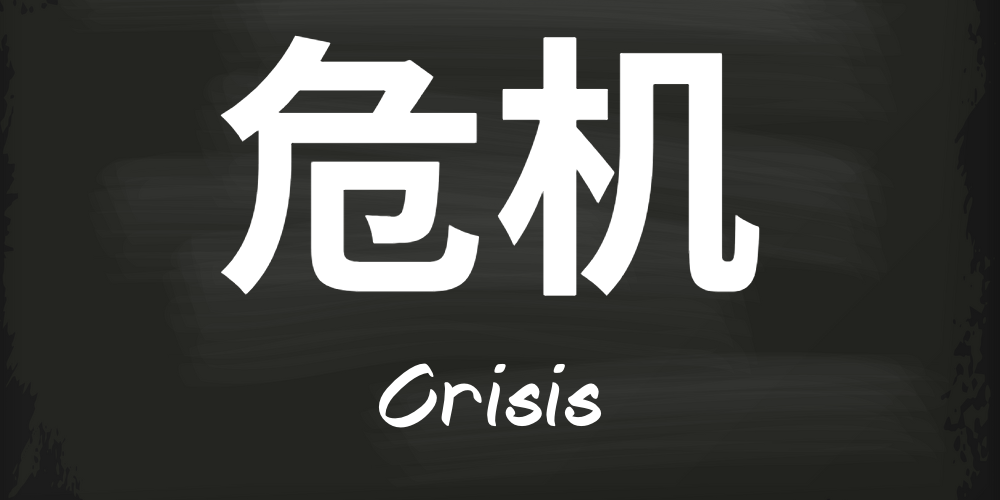
An ever deeper analysis of the work
FEATURE – As we progress on our lean journey, results seem to become harder to achieve: it’s because we need to become more granular in our analysis and improvement of the work.
Words: Hakan Akgül, lean coach, Lean Institute Turkey
In a company, the operations that we need to perform to reach our business objectives are handled over several value streams. Like invisible threads, these streams tie departments and employees together. To work effectively, they need the support of middle management operating in cross-functional teams.
If we examine one value stream and zoom in on it, we clearly see that it encompasses a number of departmental processes. It involves employees from each of those departments (purchasing, production, sales, marketing, product development, accounting, IT, HR and logistics), each of them responsible for providing parts, products or services just-in-time, at the required quality and cost. It is a prerogative of front-line employees, by means of daily management, to make sure that the work of each department doesn’t hinder the main value stream.
Within departments, there exist many sub-processes that support the main process. For example, in Sales, these would be things like taking orders, understanding needs, product presentation, responding to complaints, selling a product. In a production environment, sub-processes can be things like cutting, machining, dying or assembly, whereas in accounting we would find things like payroll or preparation of a P/L.
Up until now, we have broken down the value stream in three levels: the value stream itself, departmental processes and departmental sub-processes. We are used to thinking about improvements in terms of these three dimensions, but as our lean journey progresses and the easier benefits have been reaped, we inevitably find ourselves struggling to keep the momentum going.
The reason for this is that the depth of our lean journey has to be reflected in the depth of our lean efforts. We need to dig deeper into the work, if we are to extract more efficiencies and improvements from it.
I think there are at least three more dimensions we need to look into.
First of all, the process steps (or “transactions”). Under the work of a Sales department, let’s take the process of product presentation. Its process steps could be “showcasing the superiority of the product over the competition’s” or “present the benefits of the product”.
There is another level of granularity we can, and should, get into: the work elements. Let’s take the above-mentioned “showcasing the superiority of the product over the competition’s” process step and try to break it down into individual work elements. We would find things like “examination of the competition’s offering on the internet and on the field”, “studying your product”, “compare your product with the competition”, and “come up with a list of things setting your product apart”. In the same way, the work elements for tightening a screw would be “hold the screw driver,” “place the screw,” and “tighten the screw”.
The next sub level after this is movement analyses. To improve the work experience (it is the highest expression of respect for people and it motivates people), we get even more specific, observing and timing every single movement of the operator.
As you can see, there is more to operational improvement than meets the eye. It is necessary to look deeper to achieve a successful performance in terms of quality, cost, delivery, customer acquisition, health & safety, and motivation. As your lean initiatives gains momentum, so does your need to become more granular increase: initial lean results are typically achieved when we reach the department processes and sub-processes levels, but there is no way we can even get close to perfection without pushing our improvement work down the deepest level.
Sadly, in most organizations the improvement of the deeper levels of the work flow – like process steps or work elements – is left to the experts. However, we know by now that the work is best improved by those who do it every day and that lean provides these front-line people with a method to approach the improvement work. One final warning: you can’t call yourself a lean manager if you don’t get your hands dirty and start dealing with the nitty-gritty that takes place at the gemba.
THE AUTHOR

Read more


INTERVIEW - Having to adapt to changing customer needs, KLM Catering Services decided to turn to lean thinking, reducing its changeover times and recycling more.


FEATURE – BRQ Digital Solutions shows that effective customer-focused improvement must happen from the inside out, with team development aligned with the pillars of lean digital transformation.


THE LEAN BAKERY – In the second video in the series, we visit the stock-free workshop of one of 365's lean bakeries and learn about quality bread, customer focus and making lives easier for bakers.


FEATURE – In this article, Michael discusses the four levers that organizations can work on to thrive in good times… and bad times.

